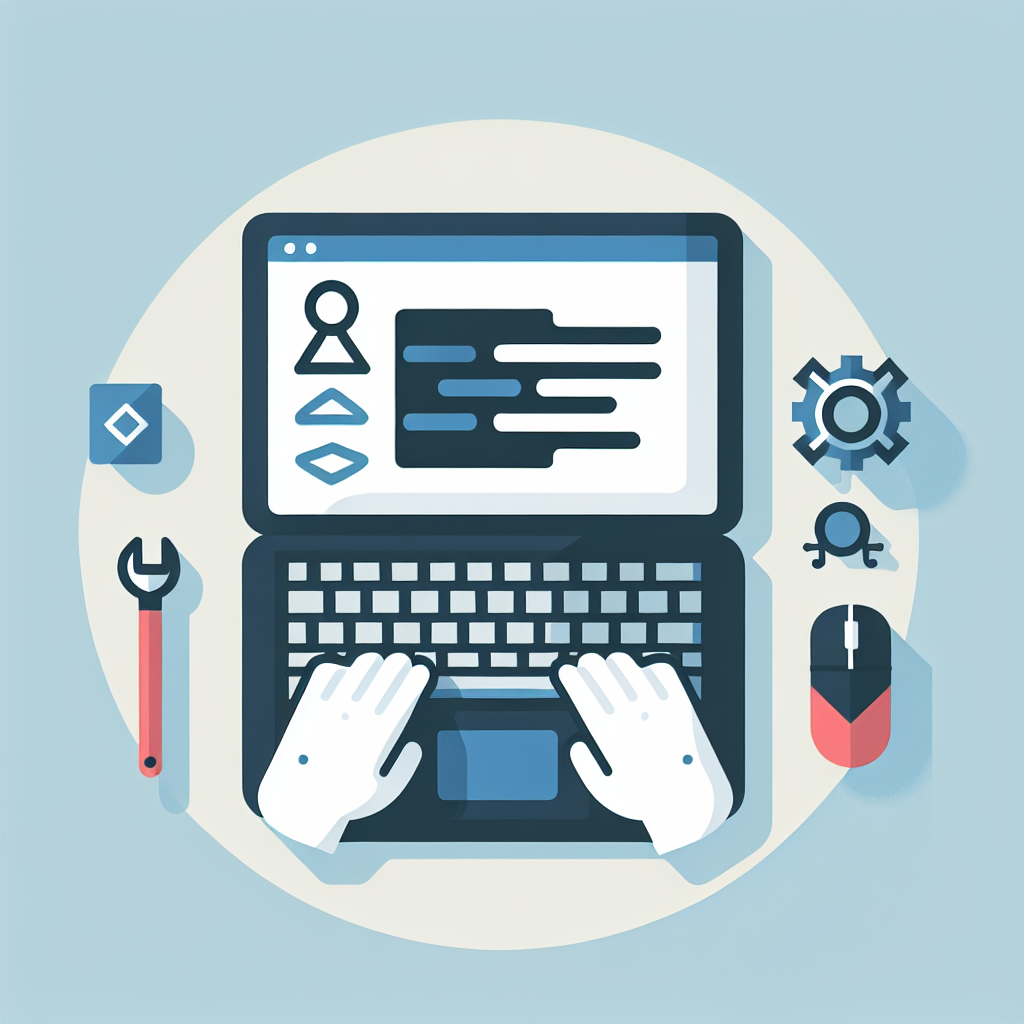Optimize Your Code with D Code Debugger Tool
Unlock seamless debugging with our D code debugger. Enhance efficiency, troubleshoot faster, and streamline your development process. Try it today!
Code to Debug
Debug Results
Output will appear here...
The D Code Debugger is a powerful tool designed to streamline the debugging process for D programming language developers. It enhances code efficiency by quickly identifying and resolving errors, making it ideal for both beginners and experienced programmers. With features like real-time error detection, variable inspection, and breakpoint management, this debugger ensures smooth and seamless development, improving productivity and reducing downtime.

D Code Debugger: Streamline Your Debugging Process Link to this section #
The D code debugger is a powerful tool designed to enhance the efficiency and accuracy of debugging D programming language applications. Whether you're dealing with complex systems or simple scripts, this debugger offers robust features to simplify the identification and resolution of code issues.
Key Features Link to this section #
- Breakpoint Management: Set and manage breakpoints with ease to pause execution at critical points.
- Variable Inspection: Examine variable states and expressions in real-time to track data flow and identify anomalies.
- Step Execution: Navigate through code line-by-line or function-by-function to isolate problematic areas.
- Call Stack Navigation: Trace the sequence of function calls to understand the flow of execution and pinpoint errors.
Getting Started Link to this section #
To integrate the D code debugger into your workflow, follow these steps:
Installation: Ensure you have the latest version of the D compiler. Download the debugger from the official Dlang GitHub repository.
Setup: Configure your environment to enable debugging. This typically involves setting compiler flags such as
-gfor debug information.Running the Debugger: Use the following command to start debugging:
dmd -g -debug your_program.dDebugging Session: Launch a debugging session where you can set breakpoints and inspect variables.
Tips for Effective Debugging Link to this section #
- Use Conditional Breakpoints: Limit breakpoints to specific conditions to avoid unnecessary pauses.
- Leverage Watchpoints: Monitor variable changes automatically to catch unexpected modifications.
- Explore Dlang Resources: Enhance your debugging skills by consulting Dlang's official documentation.
Conclusion Link to this section #
The D code debugger is an indispensable tool for developers seeking to optimize their D language applications. By incorporating its features, you can streamline your debugging process, reduce downtime, and improve overall code quality. For further learning, visit Dlang's community forum to connect with other developers and exchange insights.
Frequently Asked Questions
What is a D code debugger?
A D code debugger is a tool designed to help developers identify and fix errors or bugs in programs written in the D programming language. It allows users to execute the program line by line, inspect variables, and analyze the program's behavior in real-time.
How do I use a debugger with the D programming language?
To use a debugger with the D programming language, you can integrate tools like GDB (GNU Debugger) or LLDB that support D through extensions or plugins. You typically compile your D program with debugging symbols enabled (using the '-g' flag), then run the debugger to load your program, set breakpoints, and start debugging.
What are some common features of D code debuggers?
Common features of D code debuggers include setting breakpoints, stepping through code line by line, inspecting and modifying variable values, evaluating expressions, and visualizing call stacks. These tools often integrate with IDEs to provide a more seamless development experience.